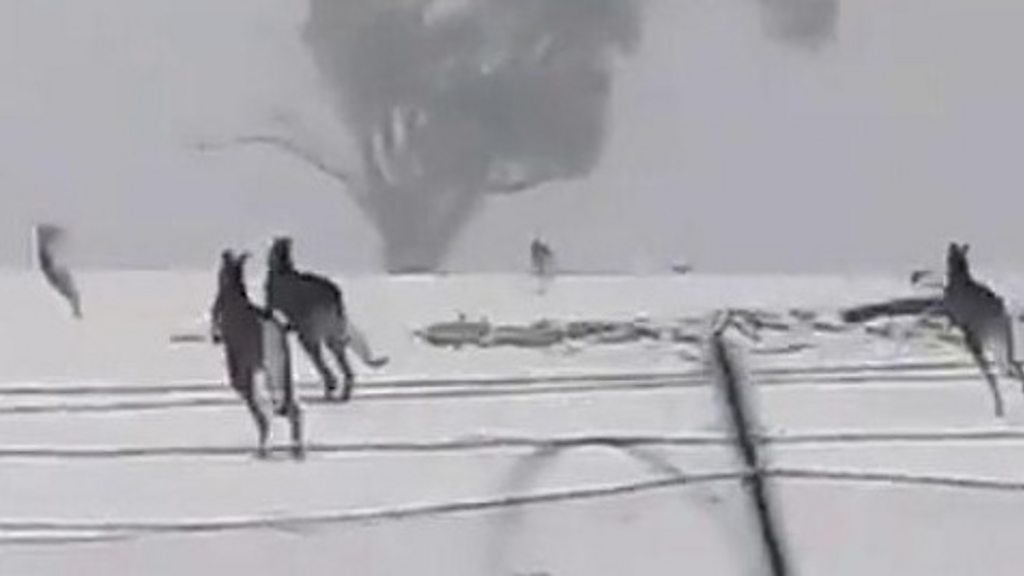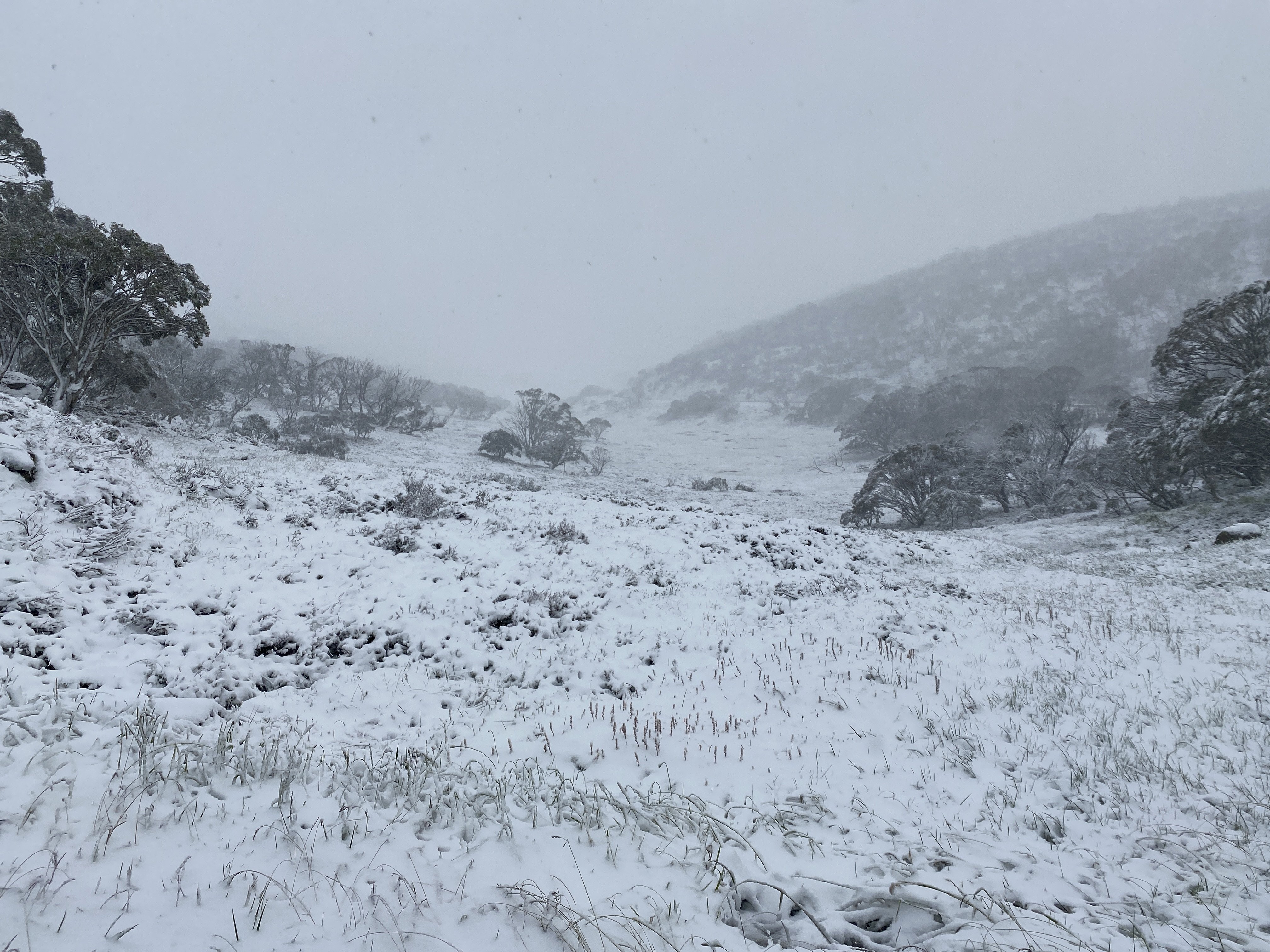Prepare Your Upcoming Trip to Enjoy Snow In Australia with Loved Ones
Prepare Your Upcoming Trip to Enjoy Snow In Australia with Loved Ones
Blog Article
Discover the Remarkable Effects of Snow in Australia on Neighborhood Environments
In spite of its online reputation for sun-soaked landscapes, Australia likewise boasts regions buried by snow-- a phenomenon that profoundly affects the nation's special ecological communities. The insulating residential or commercial properties of snows secure flora and animals in the middle of the coldest winters, while the melting snow nurtures rivers and aquatic life. However, the actual wonder depend on exactly how these wintry problems form the nation's biodiversity and nutrient cycles. As we unravel this intricate connection, we locate ourselves treading on uncharted premises in Australia's high nation.
The Unexpected Regions of Snowfall in Australia
Although Australia is commonly associated with sandy coastlines and sun-scorched landscapes, particular areas surprisingly experience snowfall. The high nation areas of New South Wales, Victoria, and Tasmania are specifically recognized for their winter season snow. The Snowy Hills in NSW, for instance, obtain plentiful seasonal snow, supplying a stark comparison to the country's typical hot, arid climate. The Victorian Alps and parts of Tasmania additionally see yearly snowfalls, changing the landscape into a winter wonderland. These locations are not just abnormalities but important components of Australia's diverse environment system. The existence of snow in these regions substantially influences local environments, subsequently affecting the country's special biodiversity. Nonetheless, the specific effect on Australia's distinct vegetation will certainly be discussed in the next section.

How Snow Impacts Australia's Unique Vegetation
While it may seem uncommon, snowfall in Australia plays a crucial function in shaping the nation's distinct vegetation. The snow-filled winter seasons foster strength in Australian plant species. This is especially noticeable in the sub-alpine and alpine regions, where snow periodontals and hill plum-pines prosper. These plants have actually evolved to make it through in extreme conditions, with snow functioning as a protective covering from freezing temperature levels and rough winds. The snow also adds to the dampness web content of the soil, giving needed hydration for plant life throughout the completely dry summer season months. Basically, the snow influences the timing of flowering and seed dispersal, the growth rates, and the survival of several plant species, showcasing the complex interaction in between climate and plants in Australia.

The Adaptations of Australian Animal to Snowfall
Simply as Australia's vegetation has adapted to the wintery problems, the regional fauna too, display like this exceptional adaptations to the snowfall. It uses the snow as insulation, hibernating in rock holes under the snow to remain cozy. The Snow Skink, a species of reptile, changes its colour to white during wintertime, offering camouflage against predators.
The Function of Snow fit Regional Ecological Communities
In shaping the regional ecological communities, the role of snow in Australia is both multilayered and profound. It affects the circulation of plants and animals, mostly specifying the biodiversity of alpine and sub-alpine regions. Snow provides an important water resource, feeding rivers and storage tanks read this article as it melts, thus sustaining a selection of aquatic life types. In addition, snow works as an insulator, shielding ground-dwelling organisms from severe cold. In a similar way, it plays a considerable duty in soil formation and nutrient cycling. The regular freezing and thawing of soil induced by snowfall fosters the breakdown of rocks, enhancing soil fertility. As a result, the visibility of snow forms the plant life patterns, pet habits, and general sustainability of Australia's distinct communities. Does Australia Get Snow.

The Future of Snowfall in Australia: Ramifications and forecasts

Offered the critical role snow plays in forming regional ecological communities, the future of snowfall in Australia is drawing raising attention from researchers and ecologists. Much less snow could result in lowered water accessibility in towering areas, detrimentally affecting wild animals habitats and plant life. The tourism industry, heavily dependent on the winter months snow season, might additionally encounter significant obstacles.
Final Thought
The duty of snow in Australia's ecological communities is essential yet frequently overlooked. It acts as a protector, a nurturer, and a shaper of diverse towering species, adding to the splendor of Australia's high nation. As climatic patterns remain to move, recognizing the effects and prospective transformations of these snow-influenced communities is vital. Hence, the snow in Australia is extra than a natural spectacle; it's an essential gamer in the nation's environmental narrative.
Regardless of its reputation for sun-soaked landscapes, Australia likewise flaunts regions blanketed by snow-- a sensation that exceptionally influences the nation's unique environments. It utilizes the snow as insulation, hibernating in rock gaps below the snow to remain cozy - Does It Snow In Australia.In shaping the local environments, the function of snow in More about the author Australia is both profound and multilayered. The existence of snow forms the plant life patterns, pet habits, and total sustainability of Australia's unique ecosystems
Given the vital function snow plays in shaping local communities, the future of snowfall in Australia is drawing raising interest from scientists and ecologists.
Report this page